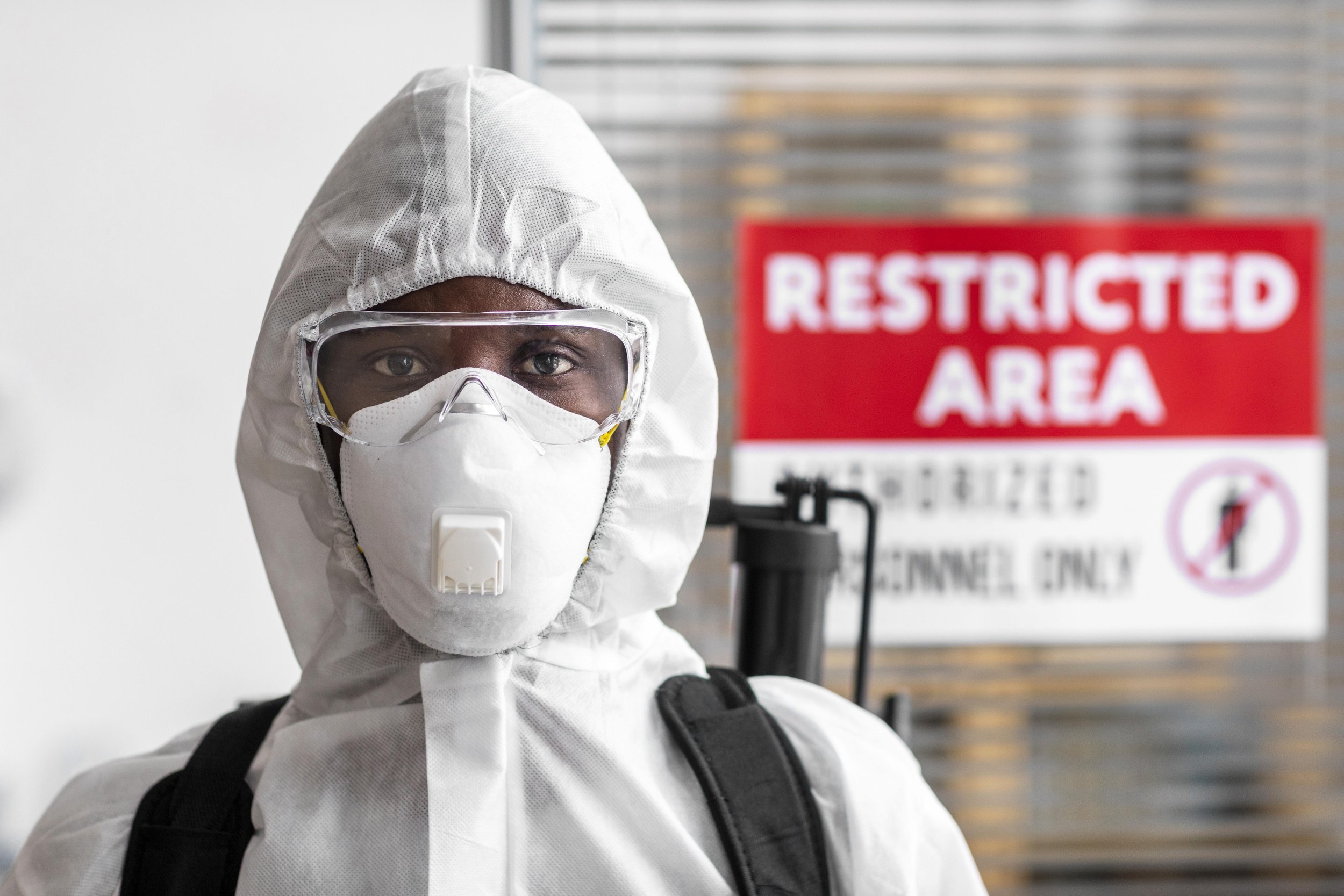The Role of Personal Protective Equipment (PPE) in Asbestos Removal
When you read the list of Worksafe requirements for personal protective equipment (PPE) when working with asbestos, you might believe it’s overkill. Why on earth would you need to wear so many layers when working with something present in many homes we live in?
While it might seem excessive, using PPE when removing or working with asbestos can be crucial for some of the following reasons:
Minimise the Risk of Breathing In Asbestos
Asbestos removal experts don’t wear fancy-looking face masks for fun. They use respirators or RPEs to minimise the risk of breathing in asbestos when removing it. They also wear these masks when asbestos is merely suspected.
But why can’t they just wear ordinary dust masks from a hardware store?
These regular dust masks don’t provide the filtration required to protect the wear from breathing in asbestos fibres. Depending on the task, asbestos removal experts must use respirators with P2 or P3 filters. P2 filters will stop 94% of airborne particles, while P3 filters will stop 99.95%. The higher the risk level, the more protective measures asbestos workers must take.
For example, asbestos removal teams might only need disposable half-face respirators with P2 filters to erect an enclosure to contain undamaged asbestos. However, they would require a full face-piece particular filter-powered respirator with a P3 filter for removing small quantities of friable asbestos. Some removal experts also prefer full suits or hoods with continuous-flow airline respirators.
To Prevent Contamination
Builders generally wear their own clothes to work. When they come home dirty, they shower and put their clothes in the washing machine. However, asbestos removalists can’t do the same thing. If they came home from work in the same clothing they used to remove or work with asbestos, they would be putting their families or other house occupants at risk of secondhand exposure.
They would also be spreading asbestos dust in their workplaces, vehicles, and homes. Essentially, it’s a health hazard that can be entirely prevented.
And that’s why asbestos removalists wear disposable overalls and boot covers. While they might wear their own clothes, they cover them up and seal them underneath a disposable outfit that they can dispose of as asbestos waste when the job is done.
However, not all personal protective equipment is disposable. Respirators and boots are definitely reusable. Rather than wearing these outside an asbestos worksite and risking exposure, they vacuum them with a brush attachment on a dedicated vacuum cleaner with a HEPA filter, wipe them with a damp cloth, and store them in a sealed container. This cleaning process is essential for keeping workers and the general public safe.
Prevent Injury
We all know that friable asbestos is a health hazard. However, it can also be an injury risk. If asbestos removal teams are working with large pieces of building materials containing asbestos, such as cladding and roofing materials, they can be at risk of physical injury. That’s why most asbestos removal experts in NZ wear eye protection in the form of safety goggles and hard hats. WorkSafe recommends these.
Prevent Illness
Ultimately, the role of PPE in general in the asbestos removal industry is to prevent illness. Asbestos is the number one work-related killer. Around 220 people die annually from preventable asbestos-related diseases in New Zealand.
While today’s death toll is a legacy of past exposure, we may see the same numbers in the future if we don’t put steps in place to limit exposure today. After all, many asbestos-related illnesses can take several decades to develop. Among them are:
Mesothelioma – a cancer presenting as tumours on the lungs, heart, and abdomen
Asbestosis - a chronic lung disease
Lung cancer
Ovarian cancer
Laryngeal cancer
Bile duct cancer
Many of these illnesses can be fatal or life-changing and come with a range of symptoms, including:
Chest pain
Shortness of breath
Chest tightness
Dry cough
Clubbing of the fingertips and toes
Coughing up blood
Abdominal swelling and bloating
Weight loss
Pelvic area discomfort
Back pain
Bowel habit changes
Fatigue
Difficulty swallowing
Changes in your voice
Swelling in the neck
Wheezing
The type of symptoms people with asbestos-related illnesses experience can depend on the illness they have and its severity. If you have worked with asbestos in the past and have any of these symptoms, seek medical help without delay.
Hire Professional Asbestos Removalists Today
Asbestos can be a deadly natural mineral that the average homeowner can’t always remove safely. In fact, it’s required by law for homeowners to enlist the services of licensed removalists for friable asbestos or 10m2+ of non-friable asbestos.
If you’re planning your next renovation project, contact your local asbestos removal business for help. They can provide testing, encapsulation, and removal services while using this important personal protective equipment above to keep themselves and you safe.

